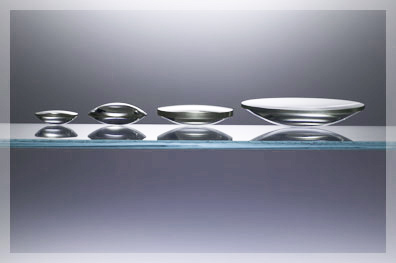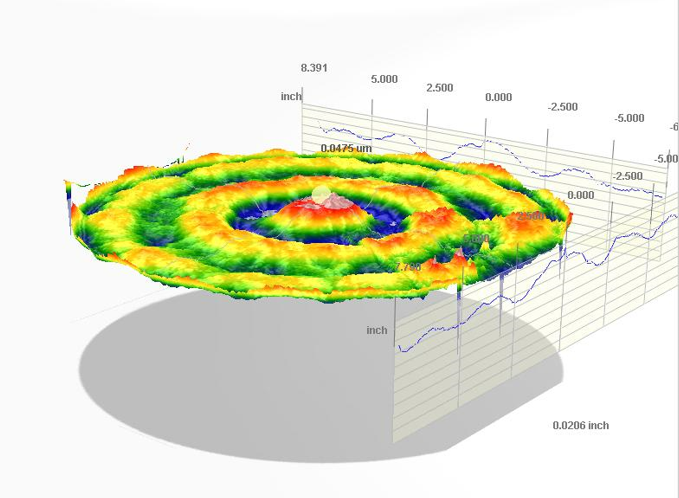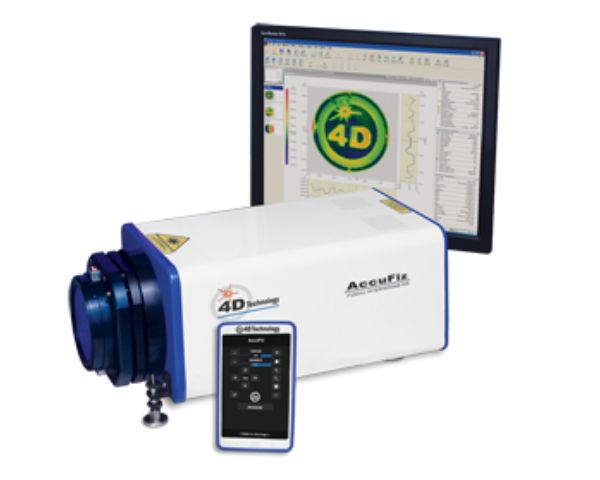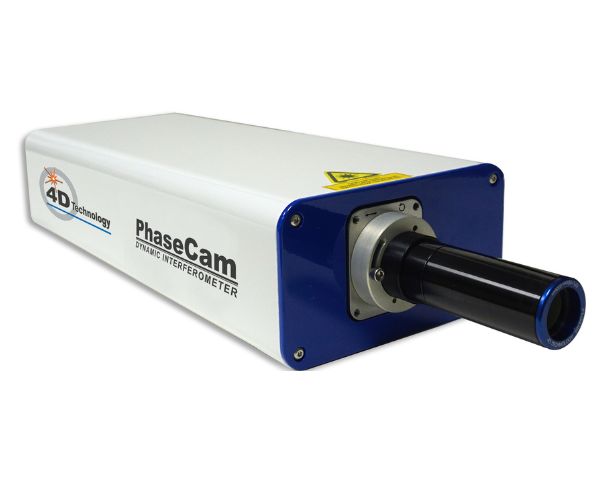球面鏡
Spherical optics and lenses are used in a broad range of applications, including medical diagnostics, test and measurement, astronomy, imaging and sensing and aerospace. Concave and convex spherical optics with tight tolerances are also frequently employed to replace optical assemblies that are difficult to manufacture or that require active alignment.
4D PhaseCam Twyman-Green interferometers are the industry choice for measuring concave spherical optics, from several millimeters to tens of meters in diameter. AccuFiz Fizeau interferometers can measure concave and convex spherical optics, with a wide range of reference optics to match test parts. High resolution AccuFiz systems can measure steep slopes.

Selecting a reference sphere:
Testing of spherical optics requires a reference sphere of higher quality and of an appropriate f/number for your test surface. Match the f/number of your optic under test as closely as possible for the highest spatial resolution results.
If the radius of curvature of your reference optic is not well matched to the clear aperture under test, either the interferogram will be smaller than the clear aperture, or the interferogram will be smaller than the imaging area in the monitor. In the second case, you can use 4D technology’s unique continuous zoom to compensate and even increase the quality of the measurement as you enlarge the image.
Concave surface figure measurement:
Surface figure measurement of a concave spherical optic determines the amount of departure of the sphere under test from a best fitting sphere. The resulting measurement looks like a height map of a flat surface, because it is measuring the distance deviating between the test surface and the reference optic’s high precision surface.
The test setup requires that you place the center of the test sphere so as to coincide with the transmission (reference) sphere. To align the two optics, you should use a self-centering element holder (three jaw chuck), inserted in a 3 axis mount. A 5 axis mount can be used, and often is, when a metrology lab will also use their interferometer for testing flat optics, which must be further aligned using tip/tilt adjustments.
Convex surface figure measurements:
Convex spherical surfaces are measured to determine their surface figure and irregularity. To select the optimum transmission sphere, the radius of curvature of the convex surface under test must be less than the back focal length of the transmission
sphere. Additionally, the radius of curvature of the surface under test divided by the clear aperture ought to be less than or equal to the f/number of the transmission sphere. 4D Technology can provide you with four-inch or six-inch diameter transmission spheres for these applications. Adjustment of the surface under test can be provided by either a 3-axis or 5-axis mount, as with concave setups.
Radius of curvature measurements:
Radius of curvature can be measured, in a non-contact manner, using an interferometer. Whether measuring convex or concave spheres, a converging transmission sphere is required. Using the highly contrasted interference fringes, it is relatively easy to find both the focus location of the optic under test and the cateye position. Between each location, the surface under test is translated using an optical alignment guide. The distance that you’ve moved the optic between the two locations is the Radius.
A digitally encoded radius slide presents a numerical readout of the radius distance, as the optic is translated.
Consider spatial resolution:
Spatial resolution is the ability to detect differences between adjacent areas, by minimum size of those areas. Especially with high slope spherical optics, the spatial resolution of the interferometer (and therefore its ability to measure high slopes) is limited in part by the digital sensor. The more pixels in the image, the higher the spatial resolution (although the limits of optical resolution can be a factor, too).

Related Products
相關產品連結

AccuFiz
AccuFiz Fizeau interferometers can measure concave and convex spherical optics, with a wide range of reference optics to match test parts. High resolution systems like the AccuFiz 6MP can measure steep slopes.

PhaseCam
4D PhaseCam Twyman-Green interferometers are the industry choice for measuring concave spherical optics, from several millimeters to tens of meters in diameter.
Technical Resources
技術文件下載
How to select the transmission sphere
Interferometric testing normally requires two matched optics ; one for testing and one for referencing. In order to determine the correct transmission sphere to use, there are several primary considerations that must be met in the process.
How to select the transmission sphere
Interferometric testing normally requires two matched optics ; one for testing and one for referencing. In order to determine the correct transmission sphere to use, there are several primary considerations that must be met in the process.
